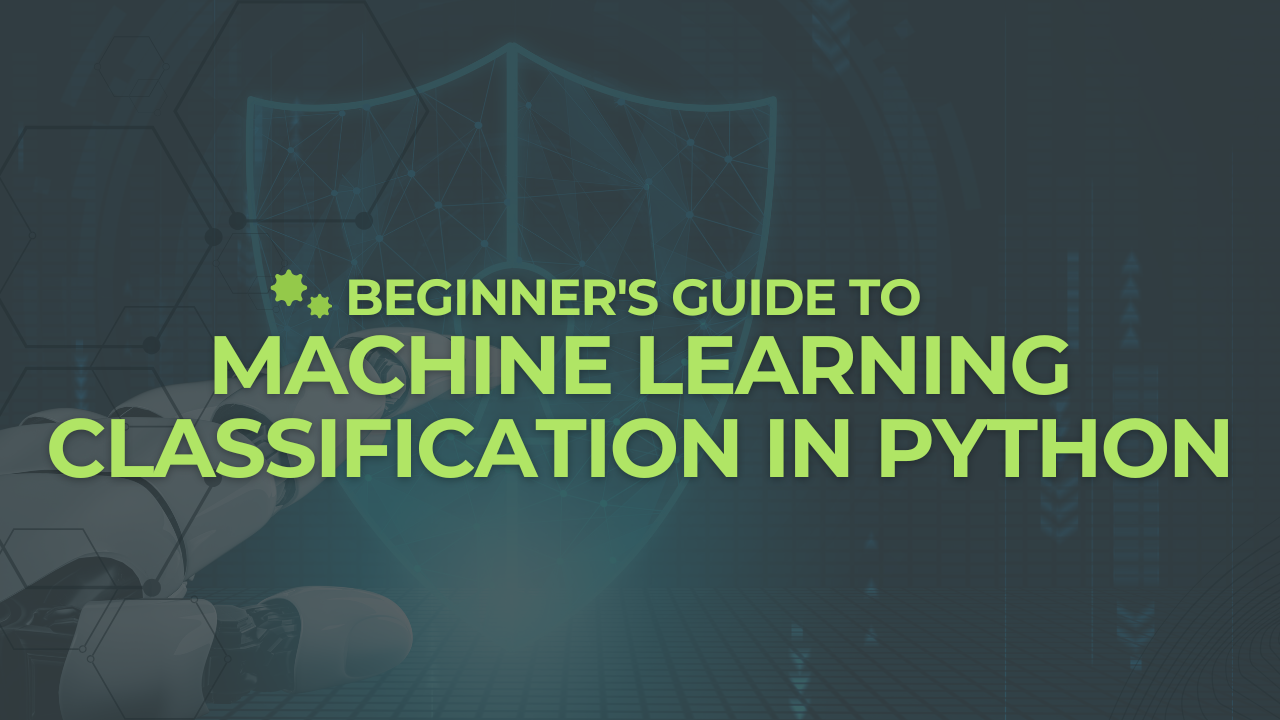Donchian Channels: How to Turn a Simple Idea Into Working Strategies
Hi, I am Mohak, Senior Quant at QuantInsti. In the following video, I take a classic breakout idea, Donchian Channels, and show how to turn it into code you can trust, test it on real data, and compare a few clean strategy variants. My goal is to make the jump from “I get the concept” … Read more









